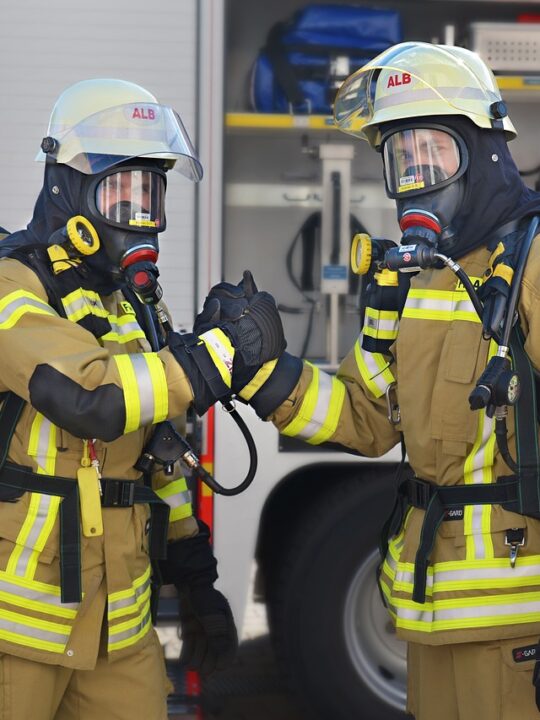 Most US parents are worried about whether they can provide their kids with a quality education. As the job market becomes more competitive, children are forced to acquire various skills at a young age. Having professional flexibility has become even more emphasized with the development of AI technology that threatens many jobs today.
Most US parents are worried about whether they can provide their kids with a quality education. As the job market becomes more competitive, children are forced to acquire various skills at a young age. Having professional flexibility has become even more emphasized with the development of AI technology that threatens many jobs today.
As a result, parents need to create an educational plan that would guide their offspring from day one. According to several studies performed in the last few decades, all top-tier schools have a few things in common. So, if you’re trying to find a quality educator, here’s what you need to focus on!
Table of Contents
1. Pushing the expectations
Good schools always put emphasis on quality. School staff needs to have a firm belief that their efforts are worth it and that the students can benefit from their knowledge. If necessary, educators should increase the rigor of instructions to push the children toward higher goals.
However, increasing the difficulty of the tests isn’t enough. School staff needs to communicate to children they’re expecting better efforts. Educators also need to provide the necessary support, whether in the form of resources or personal support. All of this is rounded up by having a quality test development process.
Among others, the staff also needs to raise the bar for itself. They need to implement strategies that would help transfer knowledge while also creating an inviting environment for the children. Like students in their classes, they need to continuously improve their knowledge and implement the newest scientific findings in their educational routine.
2. Creating a safe environment
Speaking of the environment, educators need to create a safe space where children can express and develop themselves. Children should be incentivized to make mistakes and use logic to solve complex problems. Students should be taught how to think for themselves and quickly adapt to new types of tasks.
Educators also need to create interpersonal relationships with the students to a point where children can confide in them. Students should feel safe to talk about their troubles, especially their issues with the current school tasks.
Lastly, it’s important for schools to prevent any form of harassment. None of the students should be prioritized, and repeat offenders should be removed from classes and, if necessary, from school.
3. Continuous assessments
The best way to monitor students’ progress is by implementing various types of assessments. The test results should be data-driven, ensuring that educators can easily assess each student’s performance. Among others, school staff needs to create pre-assessments, formative and summative assessments.
Each type of assessment provides valuable information to the teachers. Pre-assessment shows staff how well the students have progressed during a course. Most notably, it can point to certain misconceptions they might have about the topic.
Formative assessment is done during a lesson, and it helps educators determine how well students react to their teaching strategy. It’s a vital tool for modifying the approach. Lastly, summative assessments are used to analyze the knowledge attained after several lessons.
4. Parental role
For all of this to work, parents need to have a proactive role in their children’s education. They need to oversee the progress of their kids and cooperate with staff to improve their results. If and when necessary, they can provide feedback regarding the curriculum.
Most importantly, parents need to work together with school staff, not against them. Many parents are overprotective of their children, which leads to a conflict between the two sides. While there will always be some disagreements, both groups need to work together to do the best things for students.
5. Team collaboration
Collaboration between staff members might be even more important than collaboration between teachers and parents. By working in unison, educators can uphold high standards while aligning goals. This mindset also helps create an inviting culture for everyone, including professors, administrators, children, and parents.
Like with companies, the first step is creating a well-balanced team. A school needs to employ the best experts available who also have the moral fiber to work as educators. Not only that, but they also need to be respected by their peers and the scientific community.
After hiring the right staff, it’s time to create teams. These individuals should be willing to work together and share the same goals. Upon forming a team, educators should be assigned roles. Principals should create opportunities for them to work together on various projects and allocate time so they can meet and discuss their strategies.







